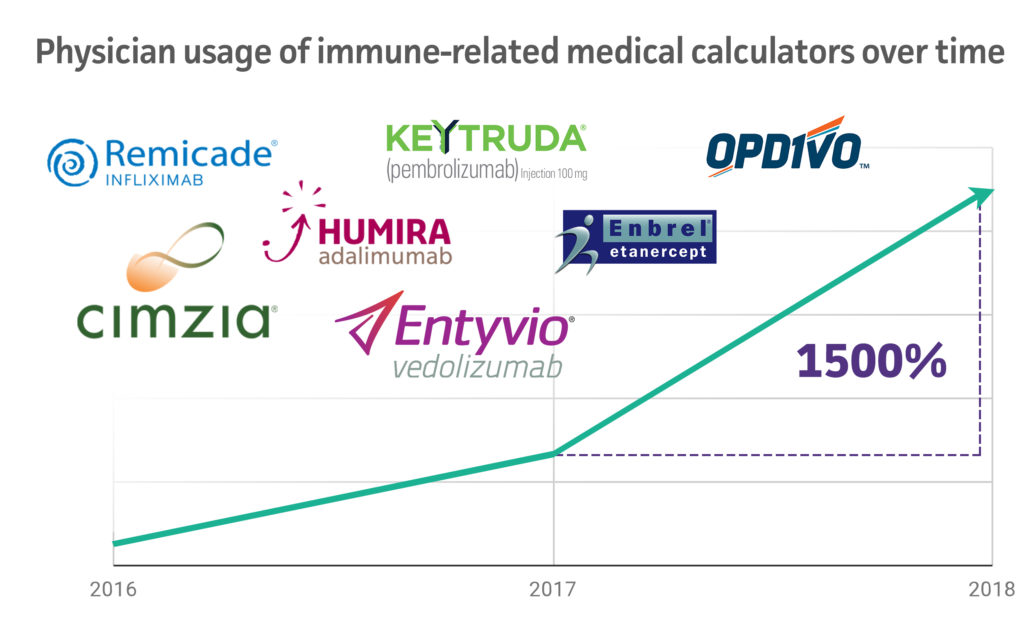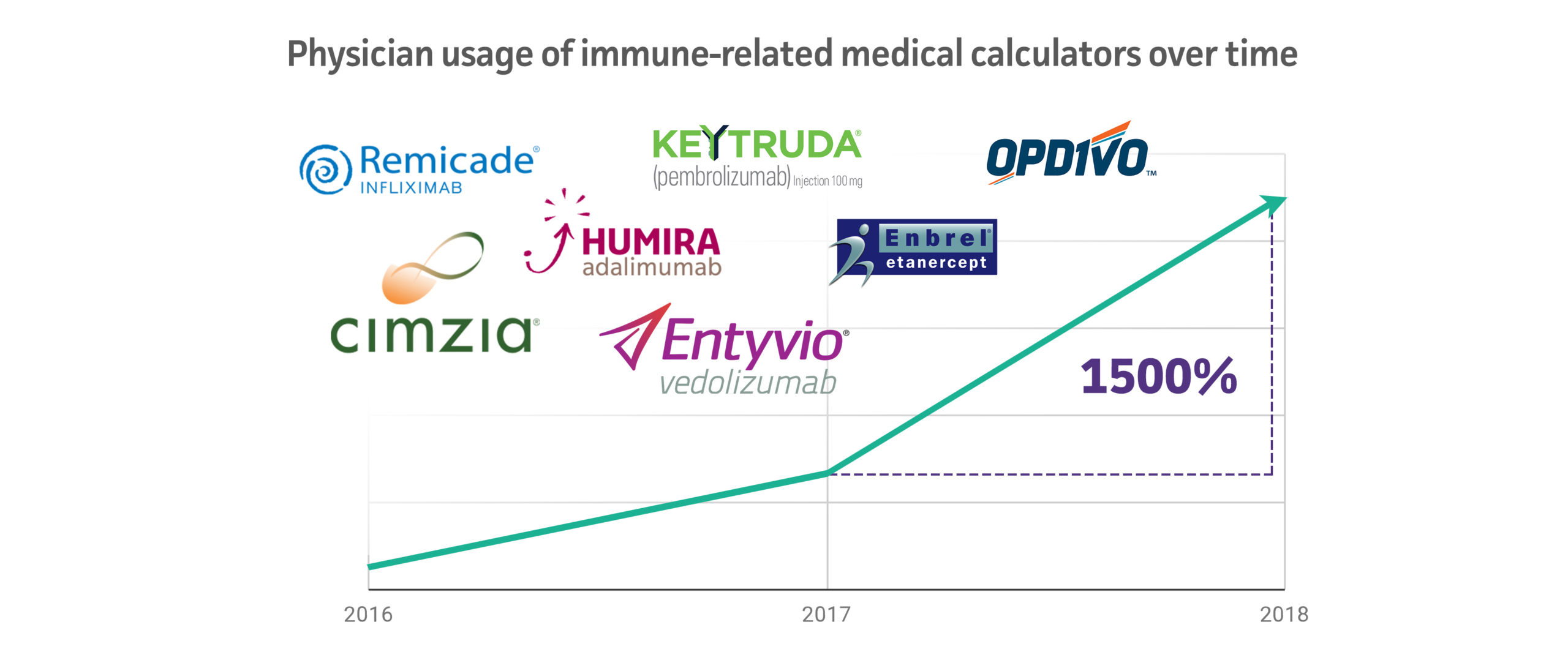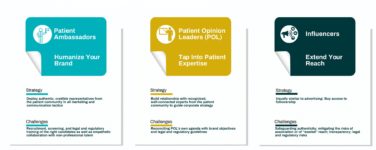In medical school, I was amazed to learn that there are over 100 diseases caused by our immune system, including multiple sclerosis, type 1 diabetes, rheumatoid arthritis, inflammatory bowel disease, lupus, psoriasis, and many more. This is actually not unexpected. The immune system is an army, with the insanely difficult job of both attacking what’s “foreign and bad” and protecting what’s “self and good.” It’s bound to mess up once in a while.
The challenge is, how do you get the immune system back on track when it’s mistaking the good for the bad? Formerly, drugs that slowed down the immune system were blunt and dangerous, but recently, scientists have found ways to hyper-target the key aspects of the immune system in order to be effective with fewer side effects. These medications have revolutionized the treatment of not only diseases caused by the immune system (auto-immune diseases) but also in arming the immune-system to fight and cure other diseases (i.e., cancer).
The elegant approach of these drugs is how they nudge our own immune system into making us healthier.
The Explosion of Drug Innovation
We see this kind of innovation exploding everywhere: In a recent CB Insights article (www.cbinsights.com/research/top-venture-capital-firms-cancer-startups), it was reported that “…62% of cancer therapeutics deals invested in by smart money VCs [were in immunotherapy].” At the same time, as the number of treatment options increases, so does the complexity of decision-making, which fuels the need for evidence-based clinical decision tools.
These trends can easily be measured by looking at what is also trending in clinical decision use. Use of medical calculators that help physicians manage diseases treated by immune system-focused drugs has grown 1,500% in the past two years alone.* (See Figure 1 below).

What we’ve found is that physician researchers are motivated to both create and use medical tools when there’s a new effective treatment such that these clinical decisions make a difference in their patients’ lives.









